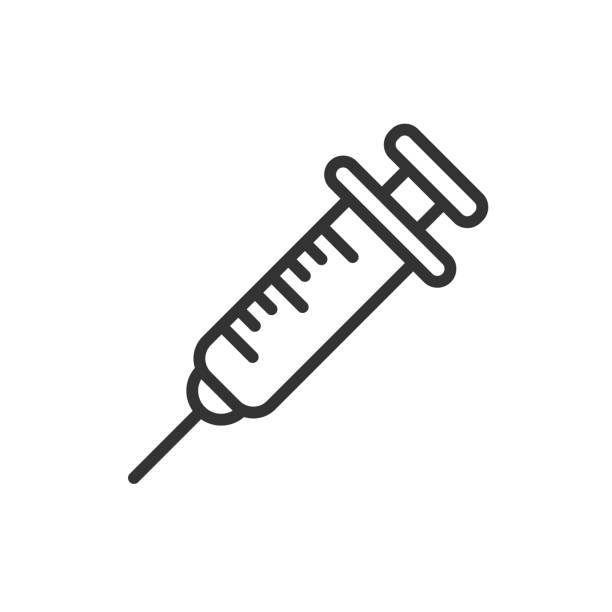Indications
Amphotericin B is indicated for the following:
- Empirical therapy for presumed fungal infection in febrile, neutropenic patients.
- Treatment of Cryptococcal Meningitis in HIV infected patients
- Treatment of patients with Aspergillus species, Candida species and/or Cryptococcus species infections refractory to amphotericin B deoxycholate, or in patients where renal impairment or unacceptable toxicity precludes the use of amphotericin B deoxycholate.
- Treatment of visceral leishmaniasis. In immunocompromised patients with visceral leishmaniasis treated with Amphotericin B, relapse rates were high following initial clearance of parasites
Pharmacology
Amphotericin B is fungistatic or fungicidal depending on the concentration obtained in body fluids and the susceptibility of the fungus. The drug acts by binding to sterols (ergosterol) in the cell membrane of susceptible fungi. This creates a transmembrane channel, and the resultant change in membrane permeability allowing leakage of intracellular components. Ergosterol, the principal sterol in the fungal cytoplasmic membrane, is the target site of action of amphotericin B and the azoles. Amphotericin B, a polyene, binds irreversibly to ergosterol, resulting in disruption of membrane integrity and ultimately cell death.
Dosage And Administration
Systemic Fungal Infections-
- Test dose: 1 mg IV infused over 20-30 min
- Load: 0.25-0.5 mg/kg IV infused over 2-6 hour
- Maintenance: 0.25-1 mg/kg IV qDay OR up to 1.5 mg/kg IV every other day (may increase gradually by 0.25 mg-increments/day)
Interaction
Increased toxicity with flucytosine. Drug induced renal toxicity enhanced in presence of other nephrotoxic medications. Antagonises effects of azole antifungals.
Contraindications
Amphotericin B is contraindicated in those patients who have demonstrated or have known hypersensitivity to amphotericin B deoxycholate or any other constituents of the product unless, in the opinion of the treating physician, the benefit of therapy outweighs the risk.
Side Effects
Common side effects are Fever, chills, convulsions, malaise; nausea, vomiting, diarrhoea, anorexia; tinnitus, vertigo, hearing loss; hypotension, hypertension, cardiac arrhythmias; peripheral neuropathy; phloebitis, pain at Inj site, disturbances in renal function and renal toxicity.
Pregnancy And Lactation
Pregnancy Category B. There have been no adequate and well-controlled studies of Amphotericin B in pregnant women. It is not known whether Amphotericin B is excreted in human milk.
Precautions And Warnings
As with any amphotericin B-containing product the drug should be administered by medically trained personnel. During the initial dosing period, patients should be under close clinical observation. amphotericin B has been shown to be significantly less toxic than amphotericin B deoxycholate; however, adverse events may still occur.
Therapeutic Class
Other Antifungal preparations
Storage Conditions
Unopened vials of lyophilized material are to be stored at temperatures up to 25°C. The reconstituted product concentrate may be stored for up to 24 hours at 2-8° C.
